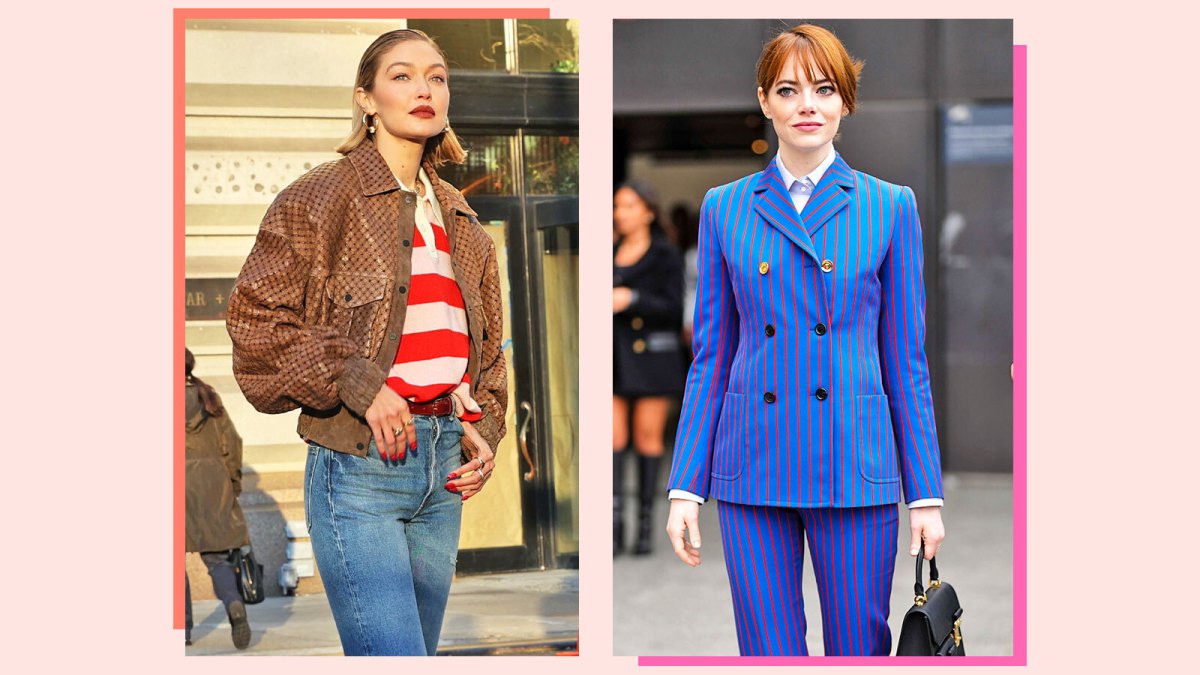The fashion landscape is witnessing a notable shift as trend forecaster Sean Monahan highlights a new divide between preppy and yuppie styles. This transformation reflects broader cultural changes and consumer preferences. In a recent discussion, Monahan delved into how these two distinct style tribes are emerging, influenced by generational attitudes and lifestyle choices.
Understanding the Divide
The term “preppy” typically evokes images of classic, collegiate attire characterized by clean lines and traditional patterns, while “yuppie” signifies a more modern, urban aesthetic often associated with wealth and ambition. Monahan explains that this delineation is not just about clothing choices but rather represents deeper societal values and aspirations of different demographics.
According to Monahan, the preppy style is gaining traction among younger generations seeking authenticity and connection to heritage. This trend, which has roots in Ivy League culture, emphasizes quality over quantity. The resurgence of classic brands and vintage styles is indicative of a desire for timeless fashion that stands in contrast to the fast-paced, disposable nature of contemporary consumerism.
In contrast, the yuppie style remains synonymous with luxury and status. It caters to individuals who prioritize innovation and modernity in their fashion choices. The yuppie aesthetic often features bold colors and high-end fabrics, appealing to those who wish to project a sense of success and sophistication.
Cultural Influences and Market Impact
Monahan points out that these evolving trends are not just fashion statements but reflect shifting cultural values. As consumers become more conscious of sustainability and ethical production, the preppy style’s emphasis on quality resonates with their preferences. This shift is evident in the increasing popularity of brands that prioritize craftsmanship and eco-friendly practices.
The fashion industry is responding to this divide with tailored marketing strategies. Retailers are now curating collections that cater to both styles, aiming to attract a broader audience. For instance, brands are launching lines that incorporate elements from both preppy and yuppie aesthetics, reflecting the diverse tastes of today’s consumers.
Figures from industry reports suggest that the market for preppy clothing has seen an increase of 15% in sales over the past year, while yuppie-style brands continue to thrive, reflecting a resilient demand for luxury items. This dynamic illustrates how consumers are navigating their identities through fashion, choosing styles that align with their personal values and lifestyle aspirations.
Monahan’s insights not only shed light on current trends but also encourage a deeper understanding of how fashion influences and reflects societal changes. As these style tribes evolve, they will continue to shape the fashion landscape, impacting both consumers and retailers alike.
The ongoing exploration of preppy and yuppie styles serves as a reminder of the powerful connection between fashion and culture, inviting individuals to consider what their clothing choices say about their identities. As the year progresses, it will be interesting to observe how these trends further develop and influence the broader fashion narrative.






